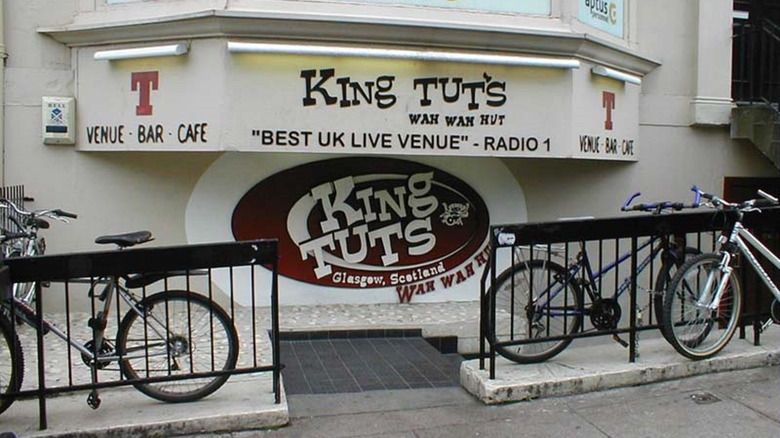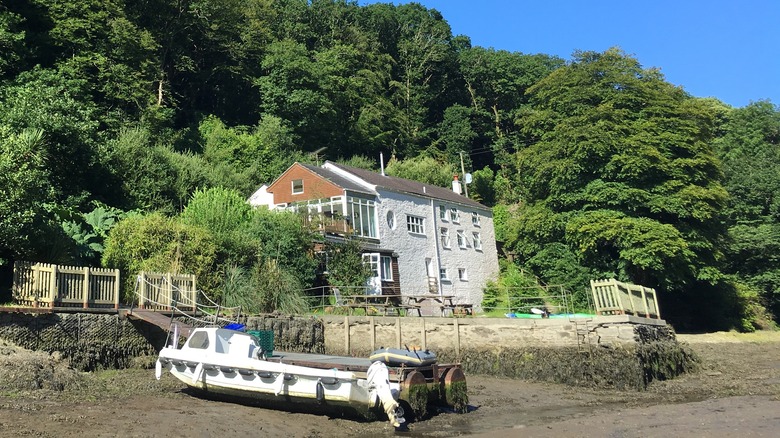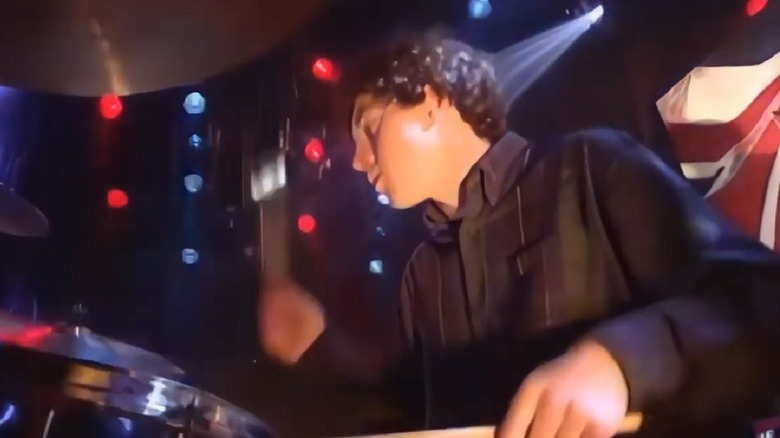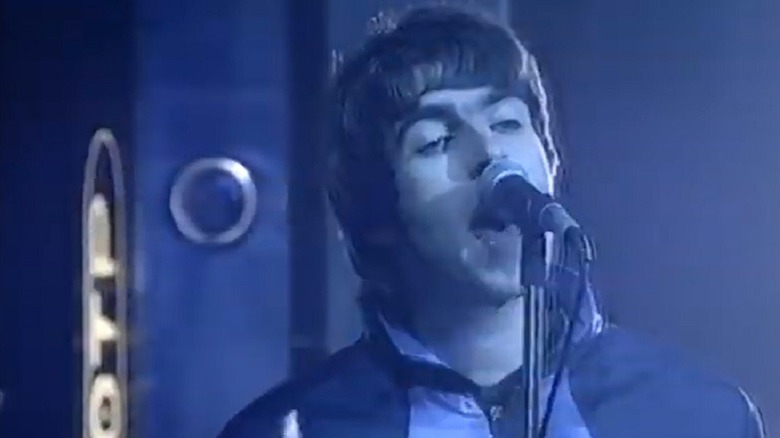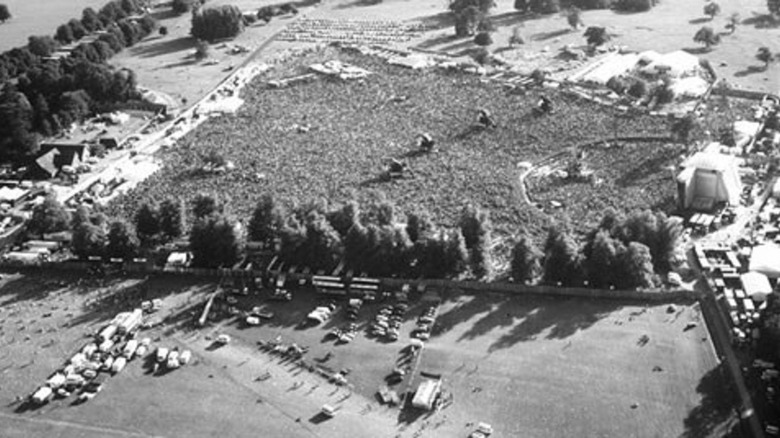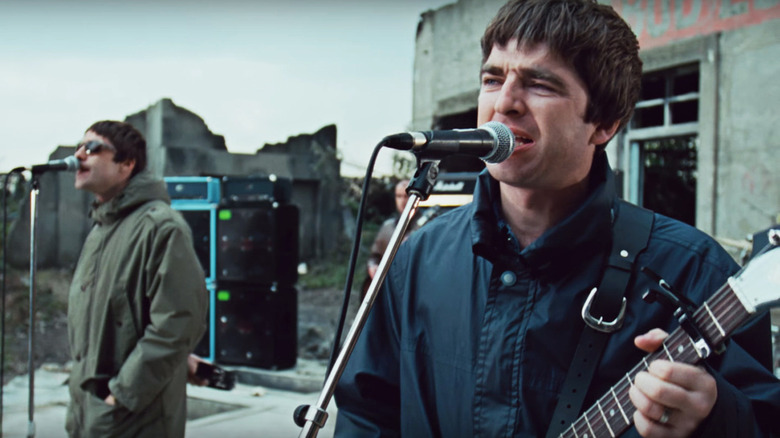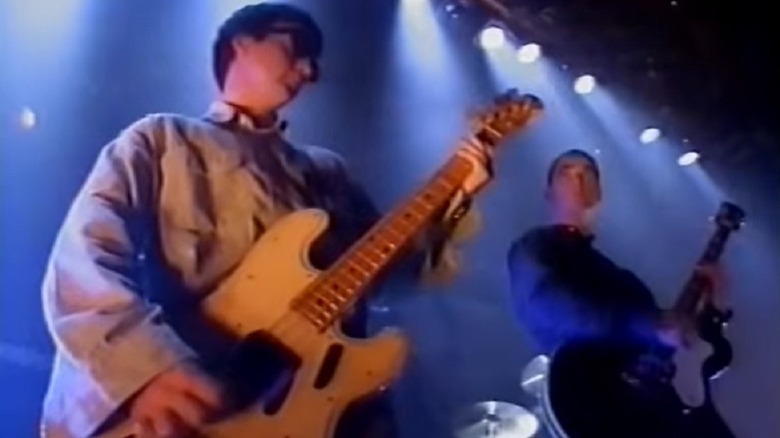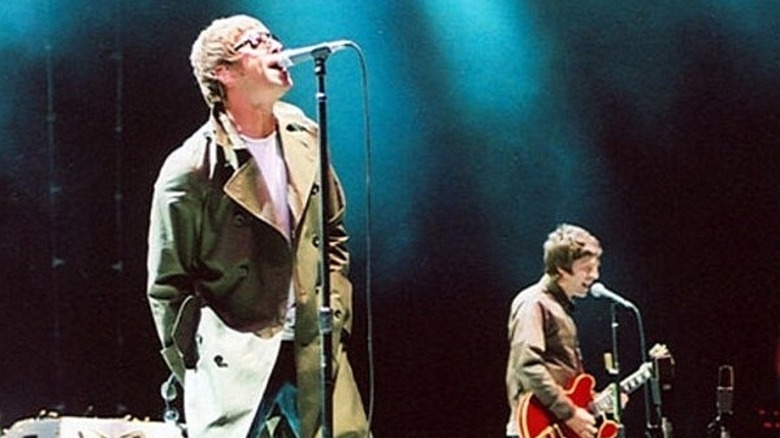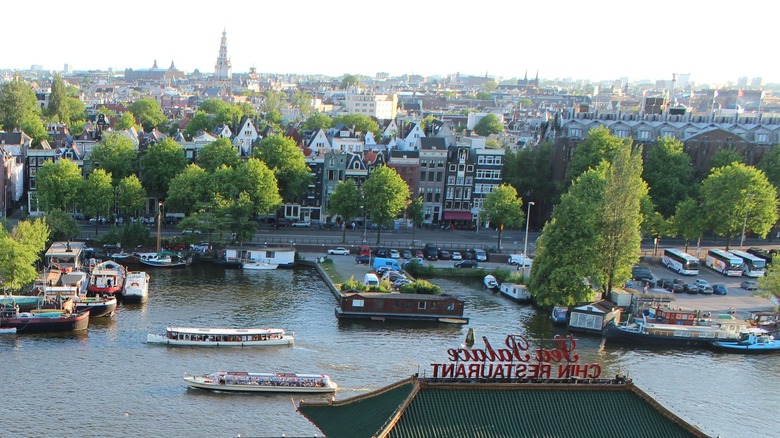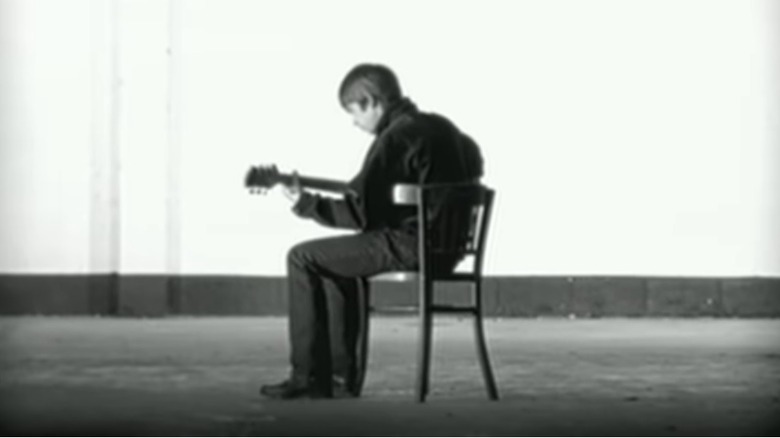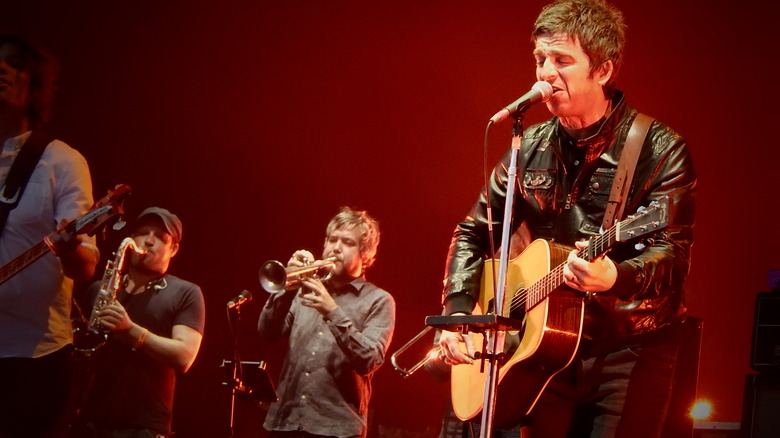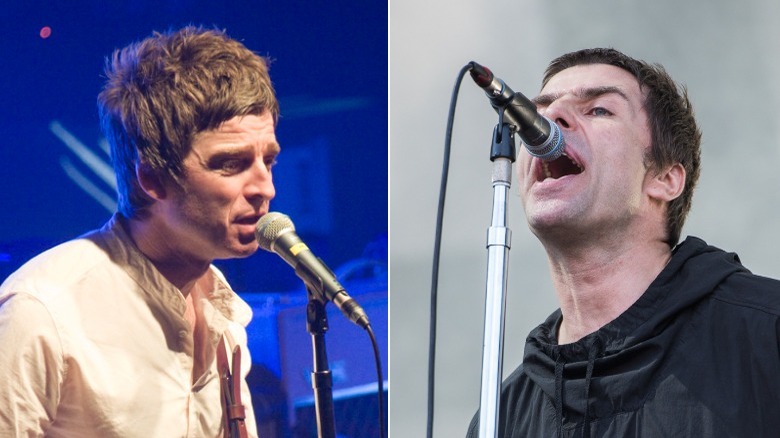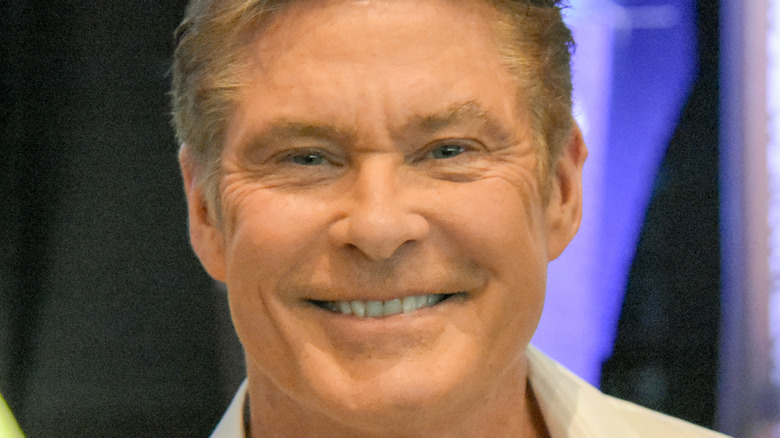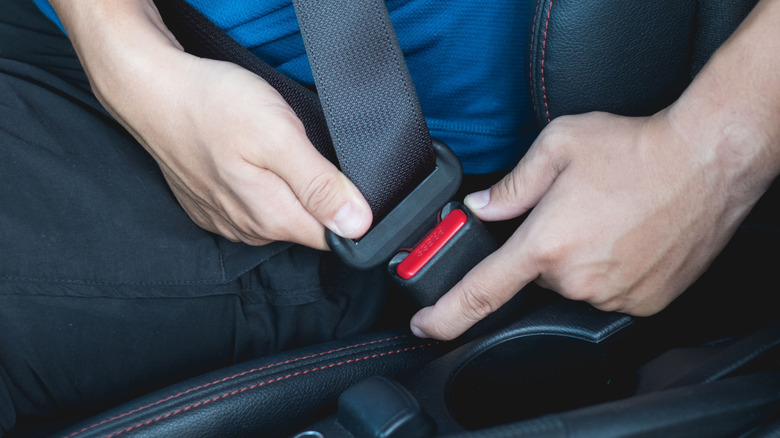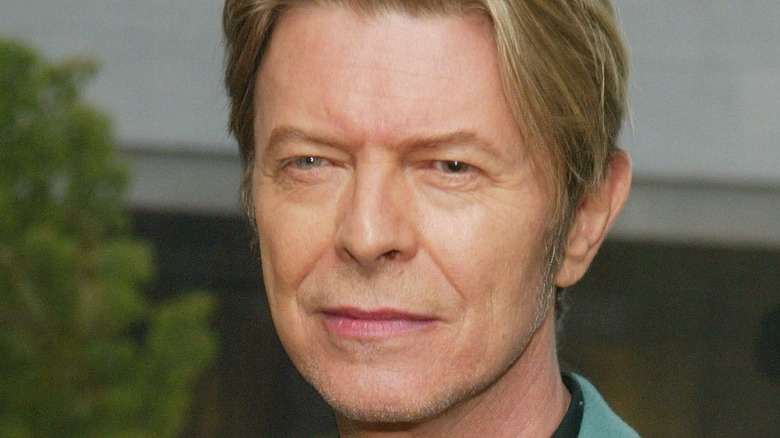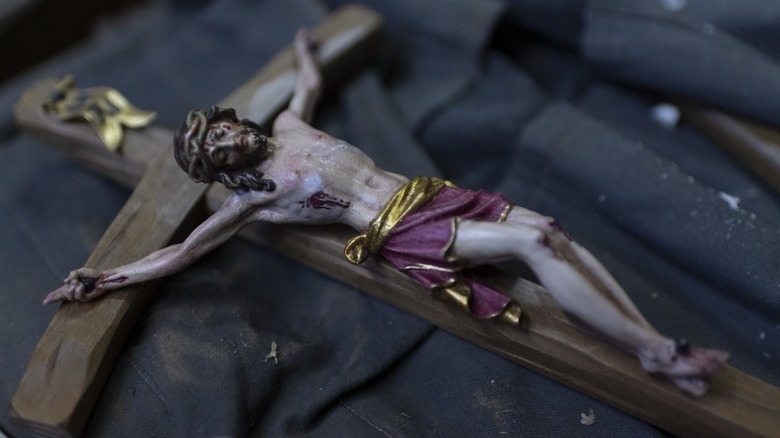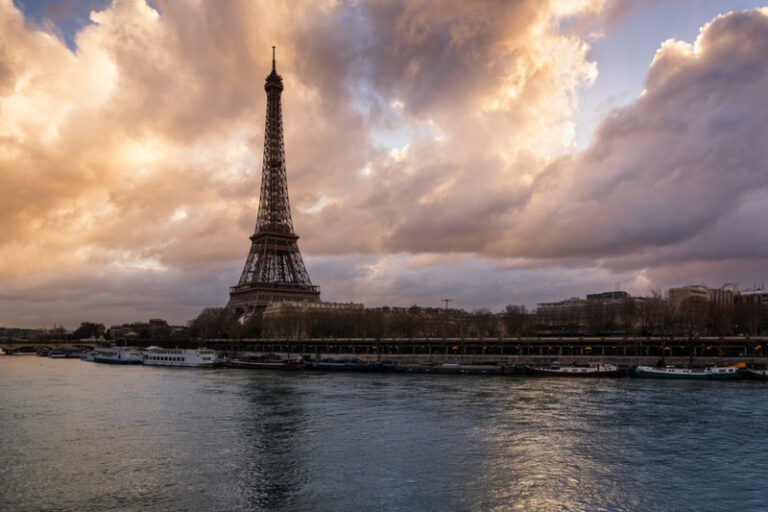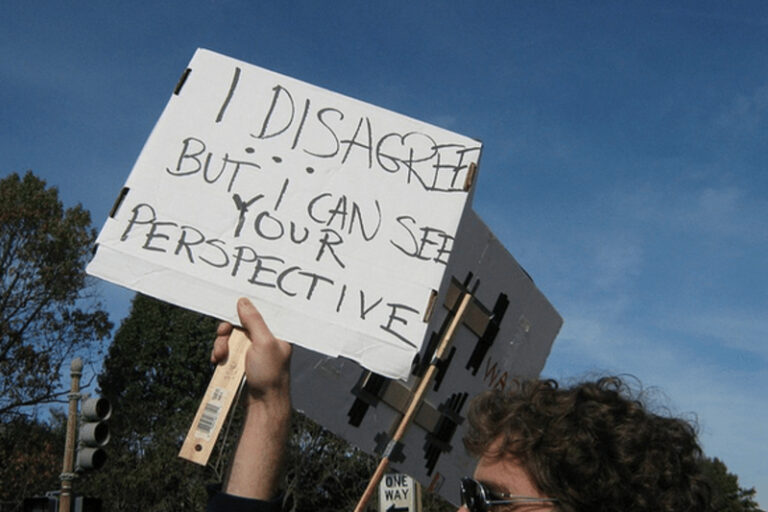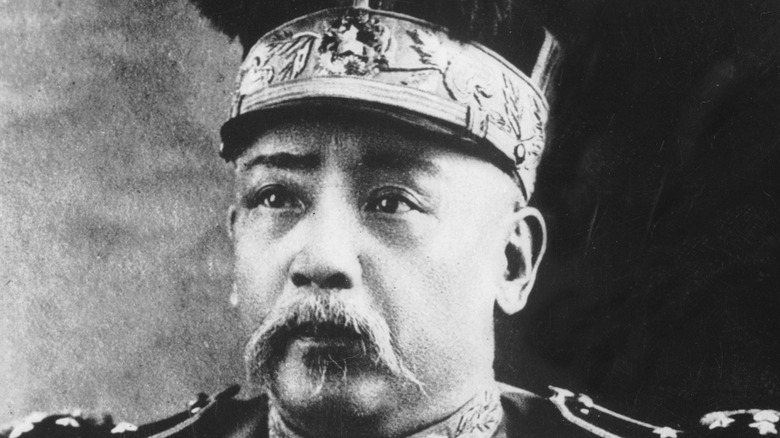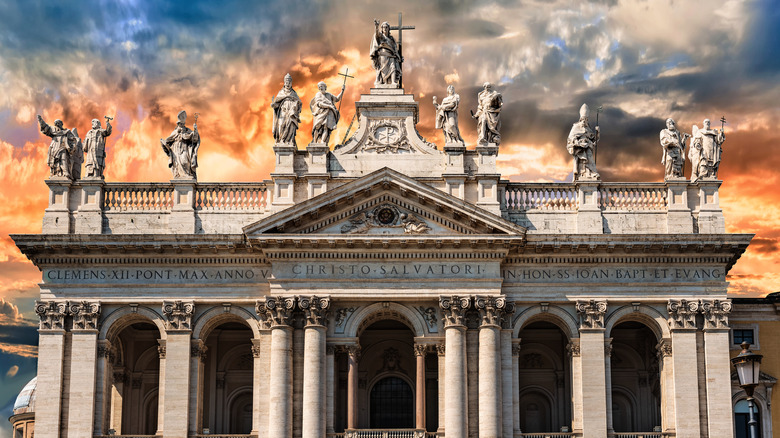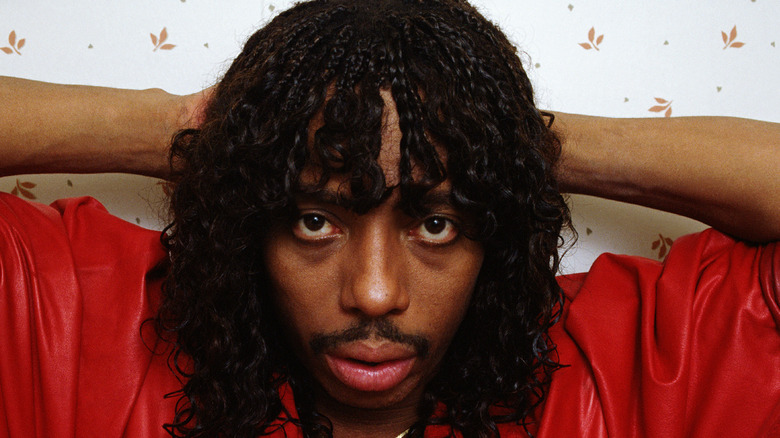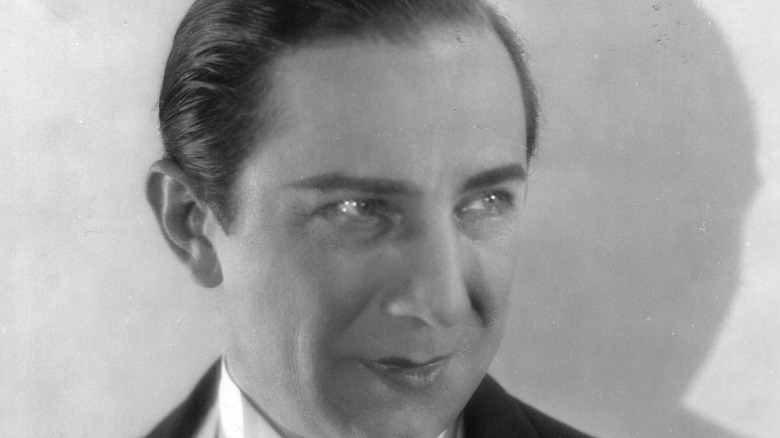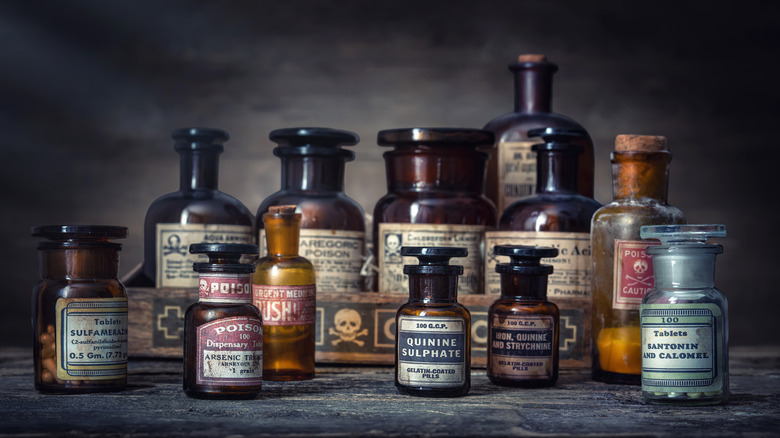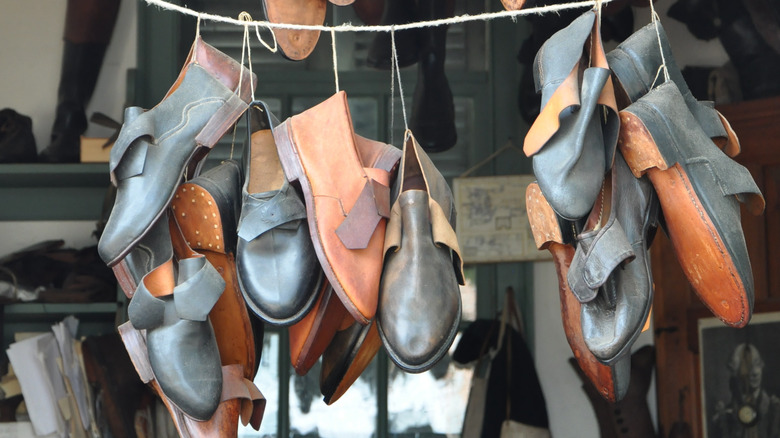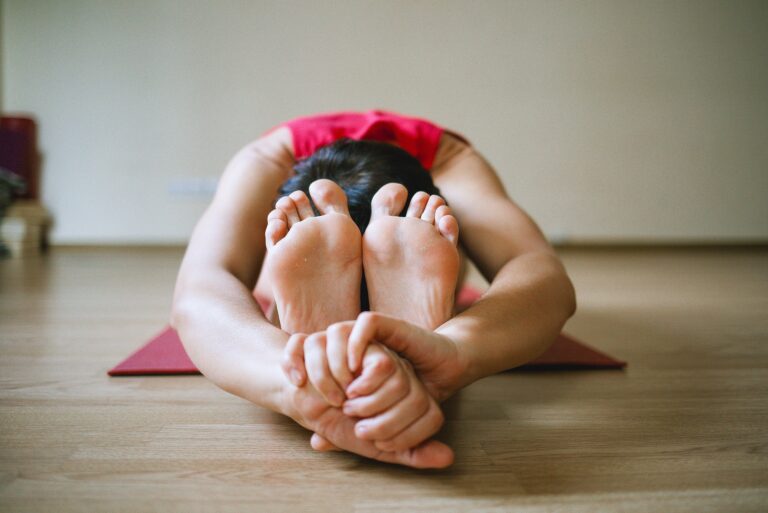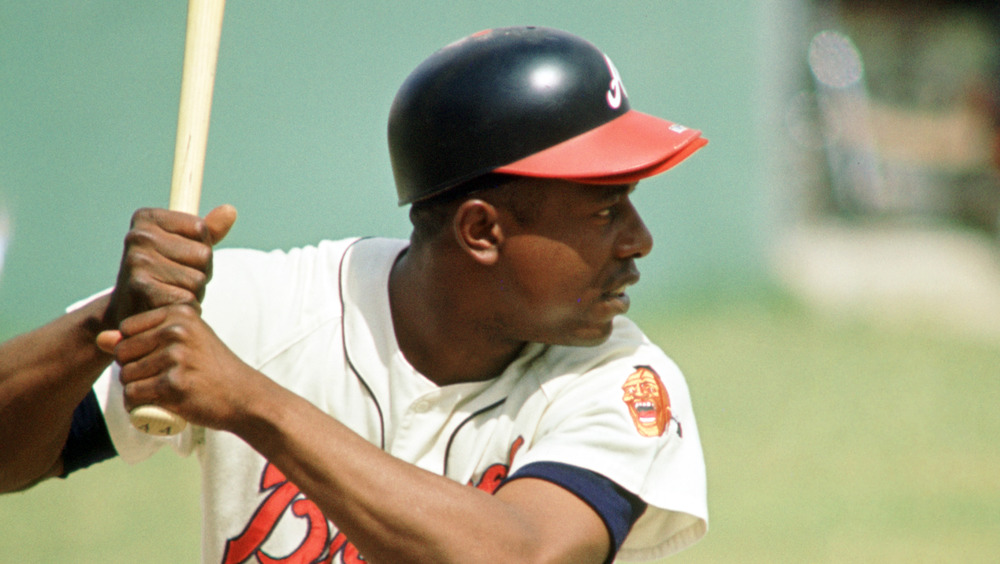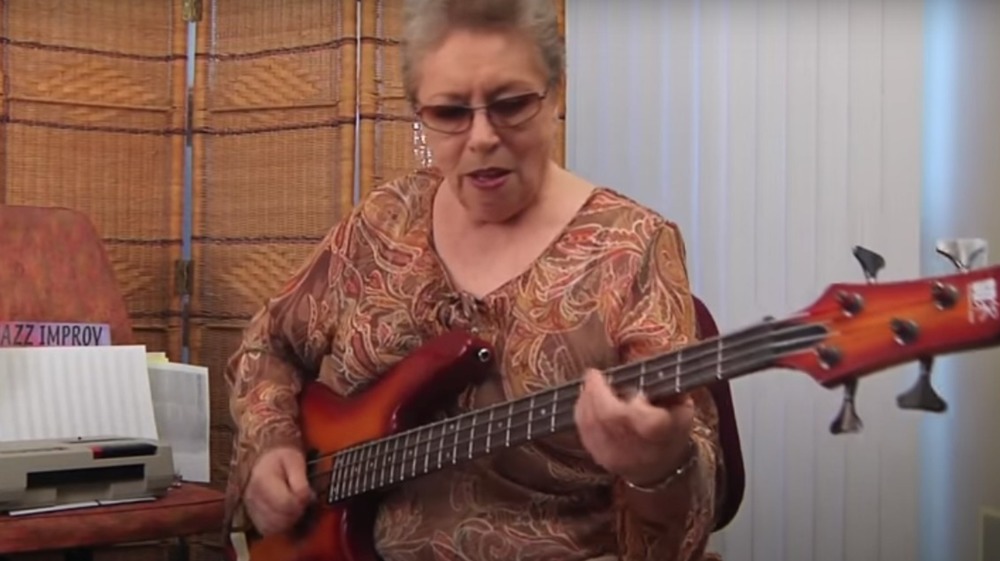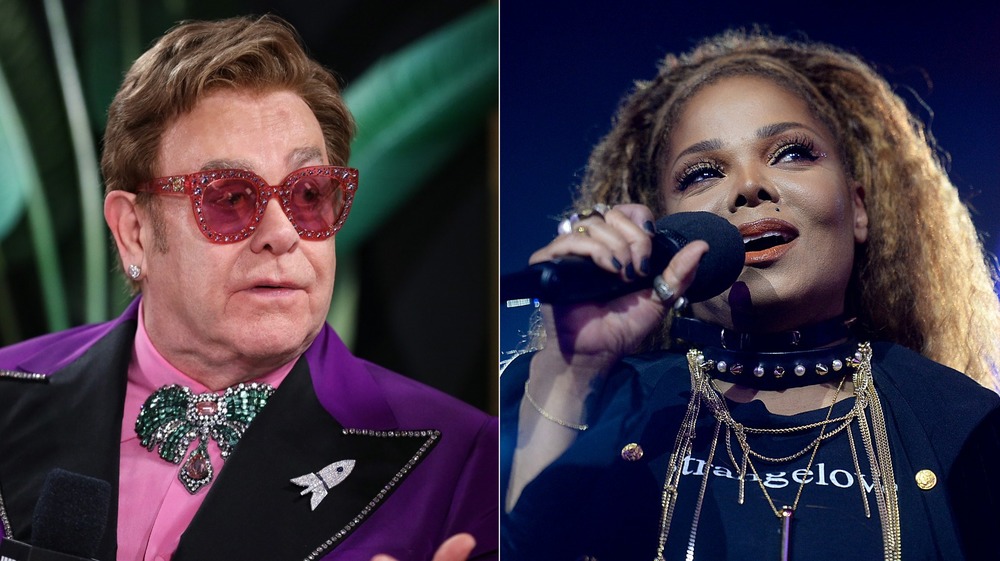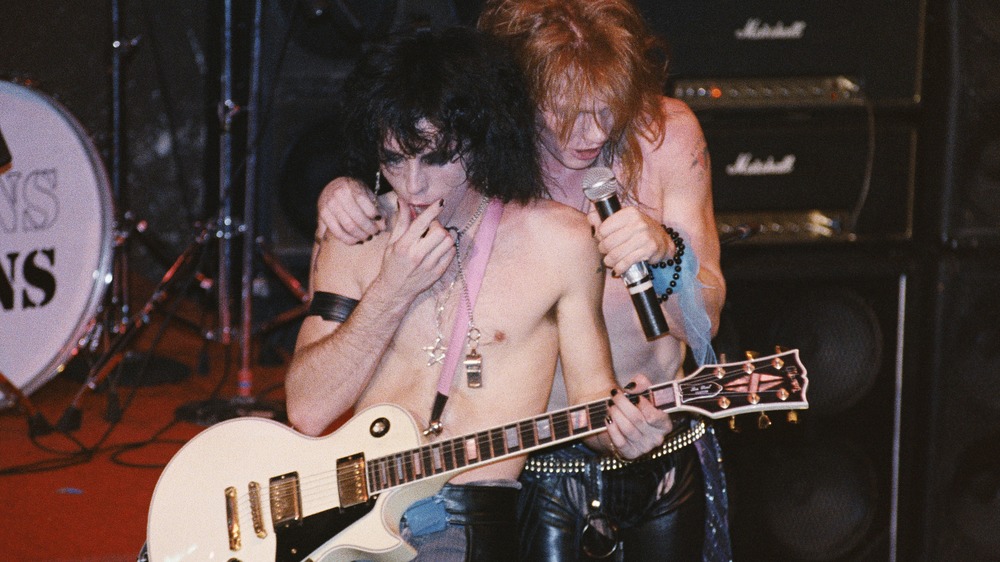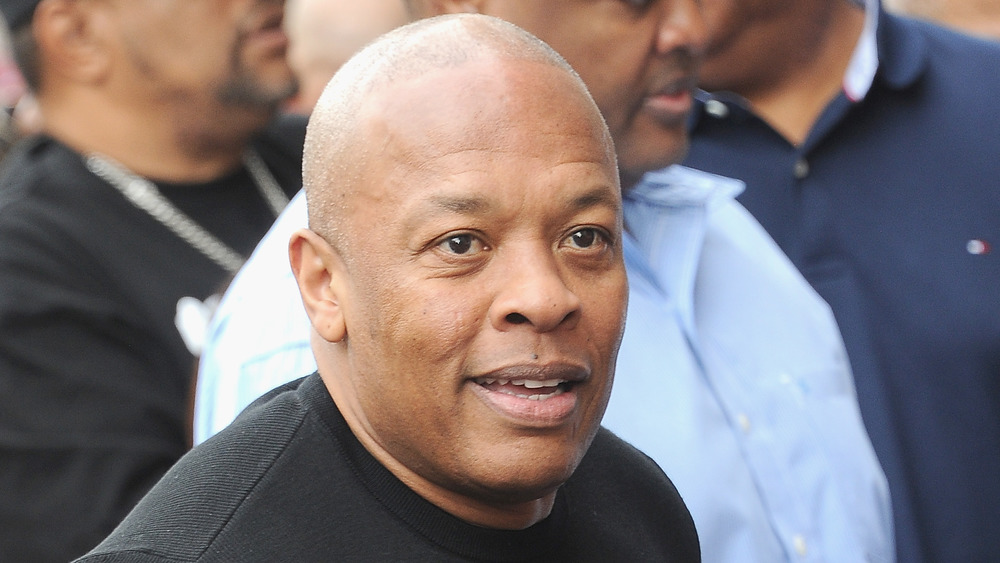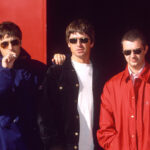
The Untold Truth Of Oasis
When Oasis swaggered onto the British music scene in 1994, they changed how music sounded — and looked — forever. Aesthetically they were the post-grunge Beatles, with bowl haircuts, round tinted sunglasses, and khaki parkas, but their attitude was closer to the smash-it-all-up chaos of the Who and the Rolling Stones. Musically, they were unlike anyone.
Songwriter and lead guitarist Noel Gallagher’s lyrics combined the mundane, the gritty and the poetic — and occasionally wall-related ponderings — often in the same song. His younger brother and the lead singer, Liam, gave them voice through what would become his instantly recognizable Mancunian sneer, which could be disgusted, amused and philosophical in equal measure. The brothers were backed up by the three founding members: Paul “Bonehead” Arthurs on guitar, Paul “Guigsy” McGuigan on bass, and Tony McCarroll on drums. But it soon became clear that Oasis was the Gallaghers’ show.
For the first time in 30 years, a British band was singing about British life and it was actually cool. Oasis’ tough but playful songs pushed the burgeoning genre known as Britpop into the spotlight, and became, for many, the soundtrack of a decade. However, behind the scenes, the Gallagher brothers’ constant bickering and even violent outbursts, and the band’s reputation for making messes wherever they went, started to create cracks. A storm built up for over a decade, and burst one night in Paris. Fans are still waiting to see if the band will ever make it out the other side.
Oasis was signed at a gig they nearly didn't play
Before there was Oasis, there was Rain. Formed in Manchester, an industrial city in the north of England, in 1991, the original line-up had Paul “Bonehead” Arthurs on guitar, Paul “Guigsy” McGuigan on bass, Tony McCarroll on drums, and Liam Gallagher singing. At the time, Liam’s older brother Noel was working as an under-qualified guitar tech for a band called Inspiral Carpets. When Noel returned from the tour, Liam asked if he’d be Rain’s manager. Noel declined: he wanted to be the sole songwriter and lead guitarist. The rest of the band agreed to this, and also to a name change: Rain became Oasis.
It was a couple of years before the night that changed the band’s lives forever. According to NME, in May 1993, Oasis drove to Glasgow, Scotland, to play a gig at a venue called King Tut’s Wah Wah Hut. They weren’t technically on the bill, but the band playing third that night were their mates, and had said they’d get Oasis the fourth slot. Liam later recalled that the promoter took some convincing, which happens to be one of his talents.
Oasis played four songs, including a version of a song by their muses The Beatles, “I am the Walrus.” In the audience was Alan McGee, founder of indie record label Creation Records. He signed them on the spot, likening them to the Rolling Stones, and describing them as “Brutal, exciting, arrogant.”
Oasis scrapped Definitely Maybe halfway through
In 1993, Creation set Oasis up with producer Dave Batchelor, in a studio in remote Wales. In a documentary, Noel said that he’d already written a lot of original songs for the band’s live gigs, but with no intention of getting a record deal, “which is probably why it sounds so free and easy.” As sessions progressed, the band felt that Batchelor wasn’t accurately capturing their gritty, unpolished sound. Surprisingly, McGee agreed that they should start over. Batchelor was replaced with sound engineer Mark Coyle and producer Owen Morris, whom McGee later credited with the “aggression” the band became known for.
Recording also moved to Sawmills Studios in Cornwall, on the south coast of England, which was even more remote: you had to take a boat to get there, or, if it was low tide, walk. This made partying tricky. The pub was on the other side of the lake, and every morning Oasis was picked up by boat at high tide — at 10:30 a.m. But it wasn’t all work and no play. Engineer Anjali Dutt told the documentary the band still managed to find drugs, and Liam admitted that he doesn’t even remember the recording sessions.
The risk paid off. After the third single “Live Forever” hit number 10 and number 2 in the U.K. and U.S. charts respectively, interest in the album peaked. Released in August 1994, it became the fastest-selling album in U.K. history, going straight to number 1.
Original Oasis drummer Tony Carroll left in 1995
Less than a year after the release of “Definitely Maybe,” and months after Oasis won a Brit Award for Best Newcomers, drummer Tony McCarroll left the band. As usual with band fallouts, the reason for Carroll’s departure depends on who you ask. As the Manchester Evening News reports, McCarroll has claimed that an increasingly megalomaniacal Noel didn’t like that the drummer stood up to him. However, the same story says that after being fired, McCarroll unsuccessfully tried to negotiate his way back in. The other version of events is that Noel fired McCarroll because he wasn’t up to playing the songs he was writing for follow-up album “(What’s the Story) Morning Glory?”
McCarroll didn’t take his dismissal lying down. According to the Guardian, he sued Oasis for 20% of royalties, ultimately settling out of court in 1999 for a reported £500,000. In 2019, McCarroll went to a party for the Oasis documentary “Supersonic,” knowing that Liam would be there. He told the Manchester Evening News that despite Liam’s reputation for fireworks, the reunion was amicable, even pleasant.
McCarroll’s replacement, Alan White, played with the band until 2004, when he was also fired. Zak Starkey — son of Beatles drummer Ringo Starr — was hired in White’s place but quit three years later over rumored disagreements with Noel. Apparently undeterred by this less violent version of a “Spinal Tap” subplot, drummer Chris Sharrock joined the band in 2008, and made it through to the end.
(What's the Story) Morning Glory? was not a hit with critics
Noel, at least, understood the pressure Oasis was under with their second album. But the band weren’t ones to undermine their own abilities. They jumped into recording follow-up “(What’s the Story) Morning Glory?” The studio they worked out of — Wales’ Rockfield Studios — added further expectations for the British band of the moment. It was where Queen had recorded the now-iconic album “Bohemian Rhapsody,” the Daily Beast reports.
Oasis wanted to get the album made as fast as possible. Songwriter Noel arrived at the sessions with half of the songs, and rushed through the second batch in 12 days. The band put in a total of two weeks of solid work, not including a week they took off mid-sessions to cool down after a blow up between the Gallagher brothers. The cause, according to NME, was Noel’s frustration that Liam kept throwing parties in the recording studio.
The initial response from critics was not warm. It was a more mature, subtler sound, and those expecting a “Definitely Maybe” clone couldn’t get their heads around it. The public, however, embraced the album, both in the U.K. and abroad. “Morning Glory” went to number 1 in the U.K., and peaked at number 4 in the U.S. As anyone who has ever been to an open mic night knows, “Wonderwall,” in particular, became a sensation. (Incidentally, it was recorded on an actual wall, near the studio, to an audience of sheep.)
Oasis played a historic gig at Knebworth
Oasis was never just about slick studio performances: and the band proved how much of a live draw they were in typically over-the-top fashion. Over August 10 and 11, 1996, they played to two crowds that totaled 250,000 — and it could have been much more. According to the BBC, 2.5 million people — 4% of the British population at the time — applied for tickets. The venue was Knebworth House, a sprawling estate that is still Britain’s largest single-stage venue. It had previously hosted enormous audiences for Queen, Pink Floyd, the Rolling Stones and Led Zeppelin. Oasis was supported by top British acts, including the Manic Street Preachers, the Prodigy and the Charlatans, as well as a Beatles tribute act called the Bootleg Beatles.
Although the event has gone down in history as one of the largest and most famous gigs in British history, two people at the center have admitted they don’t remember much of it. Noel told radio host Kirsty Young that he has no recollection of walking onto the stage. Liam also can’t remember much of what happened, but his recollection of details was shaky even at the time.
He told NME that he forgot Oasis was playing a second night, and proceeded to celebrate prematurely. “I can’t remember anything else,” he added. Fortunately for the brothers, a documentary about the event — produced by their joint production company Kosmic Kyte — is due for release in 2021, which might restore some memories.
Be Here Now is still a critical flop
Reviewers eventually came round to “Morning Glory,” and it regularly appearsonlists of the greatest albums of all time, often alongside “Definitely Maybe.” But many critics still insist that Oasis’ third album, “Be Here Now,” showed a marked dip in quality and hasn’t aged well. By late 1996, the band’s fame was at its peak, and so were their egos and drug use. Producer Owen Morris told Q Magazine that Oasis made “Be Here Now” purely for the money. He described the recording process as: “Massive amounts of drugs. Big fights. Bad vibes. S*** recordings.”
Oasis was kicked out of Abbey Road, where their heroes the Beatles had recorded, for being disruptive. The drama spilled into the tabloids. Liam was a popular target, especially after storming out of various shows, and being arrested for cocaine possession. The level of secrecy the label invoked added to the hype. Even Creation staff who weren’t involved in the project were barred from coming to work at certain times, in case they accidentally overheard the sessions.
At first, “Be Here Now” looked like another commercial success. According to the Guardian, it became the fastest-selling album Britain had ever seen: but sales quickly slowed down, and critical trouncings flowed. The only person still defending “Be Here Now” may be Liam. He told Rolling Stone’s podcast “I think it’s a great album. In hindsight, it could’ve been better, but what’s hindsight, man, when you’re living the dream?”
Two original Oasis members quit in 1999
The founding members of what became Oasis were Tony McCarroll, Paul “Bonehead” Arthur, and Paul “Guigsy” McGuigan. McCarroll was fired in 1995, and Bonehead and Guigsy quit in 1999. Bonehead went first. There are, of course, different stories as to why. In a 2002 BBC documentary, Liam said that the split came when the band went to France to write songs for their 2000 album, “Standing on the Shoulders of Giants.” He was trying to quit drinking, and felt that Bonehead was being insensitive by continuing to get drunk. Another story has Bonehead exiled after drunkenly breaking into a producer’s hotel room in France.
Bonehead refuted that he was drinking too much to the BBC, but later confirmed Liam’s account. Either way, he flew home early after a disagreement, and while there, he decided that he wanted to quit to spend more time with his family. He started a new band, Parlour Flames, opened a recording studio, and hosted a radio show, and worked with Liam on Beady Eye.
Guigsy left Oasis a few weeks after Bonehead. He’d already taken a break once before, during the “Morning Glory” tour, citing his mental health. Many who worked with Oasis said that Bonehead and Guigsy bore the brunt of the Gallaghers’ mean streak, so it’s not surprising that when Bonehead left, the band lost its appeal for Guigsy too. In 2019, Liam admitted he hadn’t seen Guigsy since 1999, “and he only lives up the road.”
Noel and Liam Gallagher have one of the most infamous relationships in rock music
There’s no brotherly love lost between the Gallaghers. Noel and Liam have been at each other’s throats since their pre-Oasis days, when they were growing up on a council estate in Manchester. As Rolling Stone reports, Liam has sardonically backdated their feud to the night he drunkenly mistook his older brother’s new stereo for a toilet.
In early 1994, before “Definitely Maybe” had made them rock ‘n’ roll stars, the brothers recorded an interview with NME in which they argued back and forth for nearly 15 minutes. By the time the tape was released to the public a year later, the rift was becoming common knowledge. In September 1994, barely a month after “Definitely Maybe” was released, Oasis played famous venue the Whisky-A-Go-Go in Los Angeles. During the gig, Liam changed Noel’s “Live Forever” lyrics to “Maybe I don’t really wanna know / Why you pick your nose,” hit him over the head with a tambourine, and walked offstage early.
Fame did nothing to unite the brothers. Production on “Morning Glory” was paused for a week so they could get over a fight. Noel publicly criticized Liam, for example when he dismissed what Liam called laryngitis — a condition he said stopped him playing “MTV Unplugged” in 1996 — as a hangover. Having already tried to quit in 1994, another backstage fight in 2000 saw Noel try to leave again. He didn’t follow through until 2009.
Oasis are famous for causing mayhem
Oasis took what they perceived as their rock star responsibilities seriously. That includes a disrespect for authority, other people’s property and personal safety, and concert-goers’ expectations that buying a ticket meant seeing a whole set. In February 1994, months before their first single, “Supersonic,” came out, Oasis headed out on their first European tour, starting in Amsterdam. But on the ferry over, the band — already drunk and getting drunker — got involved in a brawl with a group of football (aka soccer) fans. Everyone except Noel was arrested, which Noel was not very impressed by. They were deported, and forced to miss the Amsterdam gig.
That September, the band went to America, where they managed to accidentally escalate their own prodigious drug use by snorting what they thought was cocaine, but which turned out to be crystal meth. As Far Out Magazine records, it led to one of the most volatile and musically awful sets in rock history.
Oasis’ antics continued after they got famous. They’ve been kicked out of various places for being too loud too late (one of those places being Abbey Road Studios.) Liam quickly took to antagonizing crowds, storming off stage, and refusing to do tours at the last minute. In 2002, several of Liam’s teeth were knocked out in a fight with a German police officer. Even inside the band, the Gallagher brothers have had multiple physical fights. Despite the name, Oasis had a reputation for being anything but calm.
Noel left Oasis after the Paris Incident in 2009
After nearly two decades of musical harmony and personal animosity, the relationship between the Gallagher brothers exploded, in the form of one final fight that finally pushed Noel to quit. He had walked out on the band before, including in 1996 and 2000, but this one stuck.
It kicked off backstage at the Rock en Seine festival in Paris, on August 28, 2009. The gig was supposed to be the penultimate performance of an intense world tour. According to the BBC, by that point, Liam and Noel weren’t traveling together: they weren’t even speaking off the stage. In 2011, Noel told a press conference that the row was really caused by a buildup of the brothers’ many long-simmering issues. But the spark that night came when backstage, Liam accused Noel of manipulating the British press against him. By Noel’s account, the row escalated, until Liam threw a plum at a wall, left the dressing room, and came back with a guitar. “He started wielding it like an axe … he nearly took my face off with it,” Noel said. He said that he left the room, sat in the car, and decided to quit.
In 2020, Liam told Rolling Stone that his brother’s exit was less about their feuding than Noel’s solo aspirations: “There was always a little bit of s*** going on, but I just think he wanted out … [Someone told Noel], ‘You know, you could do a solo record.'”
Former members of Oasis kept making music after the band split
After Noel left Oasis, Liam chose not to find a new guitarist/songwriter and continue using the name. Oasis was officially over: long live post-Oasis musical endeavors. Liam put together new band Beady Eye from the remnants of Oasis, including rhythm guitarist (after Bonehead) Gem Archer, bassist (after Guigsy) Andy Bell, and surviving drummer Chris Sharrock. The band put out two albums, the second of which — 2013’s “BE” — received mixed reviews, but was praised as a promising experiment and a step in the right direction.
Bonehead replaced Arthurs in 2013, which Oasis fans took as a promising sign. However, in 2014, Liam announced via Twitter that Beady Eye was over. He later told the Guardian that he felt the label didn’t book enough live shows (not entirely surprising, given his unreliable reputation) and that the other members wanted to do other things. He set out alone, and is expected to release his third solo album in 2021.
Meanwhile, Noel created his own band, Noel Gallagher’s High Flying Birds, which has had stronger staying power, celebrating 10 years in April 2021. The roll call has fluctuated, but the most recent line-up includes Archer and Sharrock. Speaking to Rolling Stone’s podcast, Liam revealed that he believed Noel was already planning his solo career while Oasis was technically still together. He pointed out that several High Flying Birds songs were originally written and demoed for Oasis — a detail Noel unapologetically acknowledged to GQ.
An Oasis reunion is definitely maybe not happening
Fans have been asking their magic-8 balls — and the Gallagher brothers — whether Oasis will ever reunite pretty much every day since August 28, 2009. Really, they mean will the Gallaghers ever share a stage — let alone a studio — again. The answer depends on the brother, the time of day, and myriad other factors only Liam and Noel know about.
Liam has said publicly multiple times that he’s open to a reunion, but he thinks the brothers need to repair their relationship first. In 2017, he told Rolling Stone’s podcast, “Before we get back together — if we ever get back together — we’d have to become brothers and friends again. … I imagine once that happens and we start hanging out … we would probably go ‘F*** it, should we take the f****** band out for a spin?'” He went on to claim that he knows Noel secretly wants to fill stadiums with Oasis, instead of “supporting U2 and playing to a third of a stadium.”
Publicly, at least, Noel has disputed these suggestions. In 2021, he said that he would reunite Oasis for $100 million, given that, “There isn’t £100 million in the music business between all of us.” Liam stoked the rumor mill further by responding to an Instagram post about Noel’s comments, “I’d do it for FREE.” The Oasis reunion of fans’ dreams could be just a crowdsourcing campaign away. Definitely. Maybe.
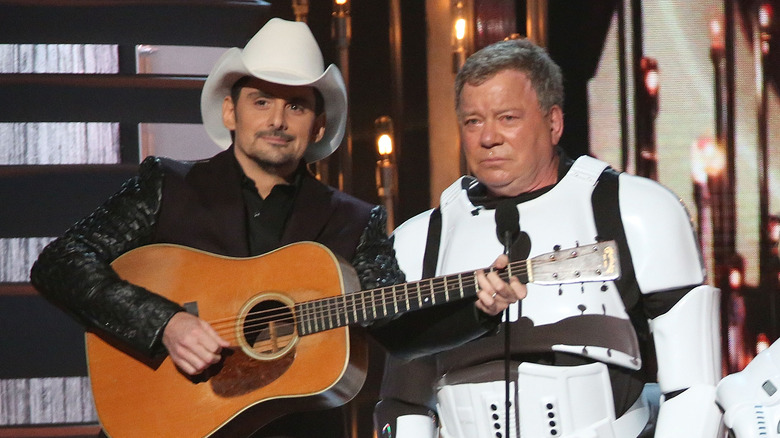
Star Trek Actors Who Tried To Have Music Careers
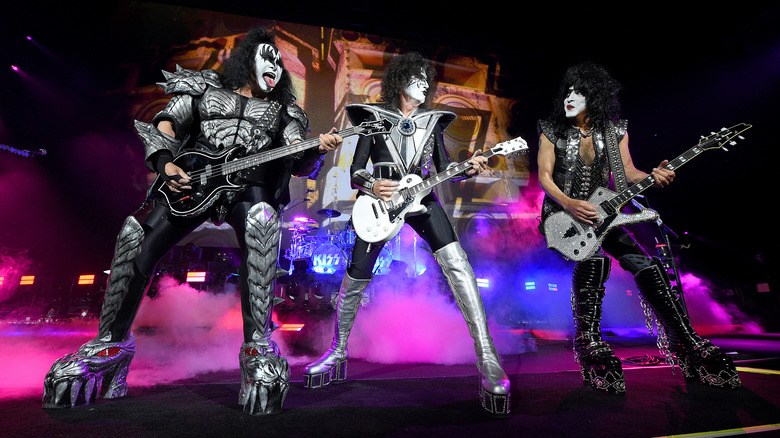
The Real Reason KISS Is Retiring
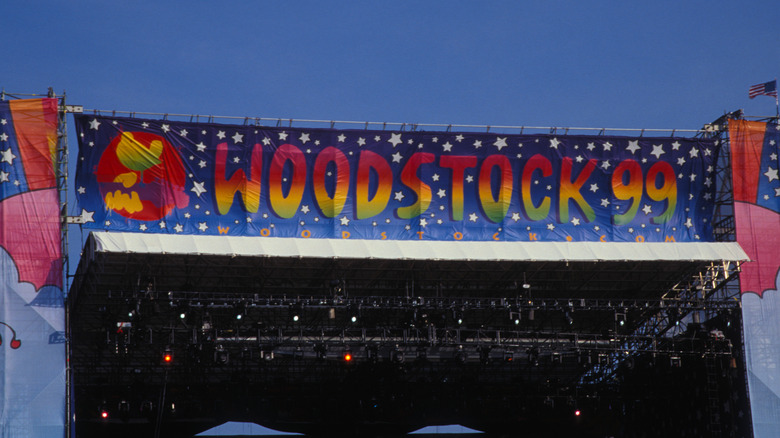
Messed Up Things That Happened At Woodstock '99
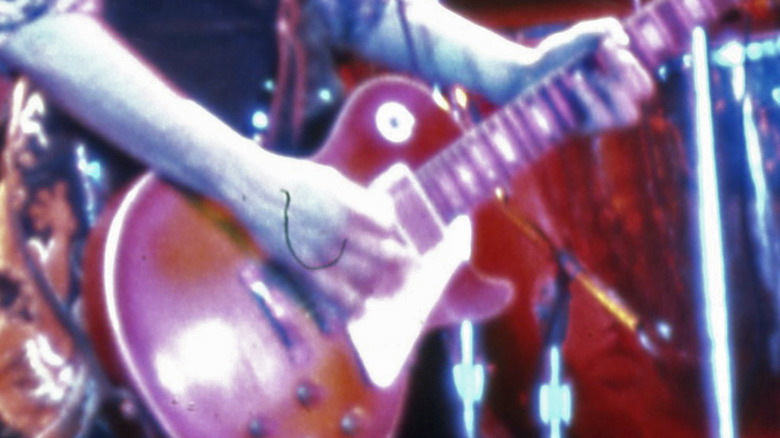
40% Of People Think This Band Desperately Needs A Reunion Tour
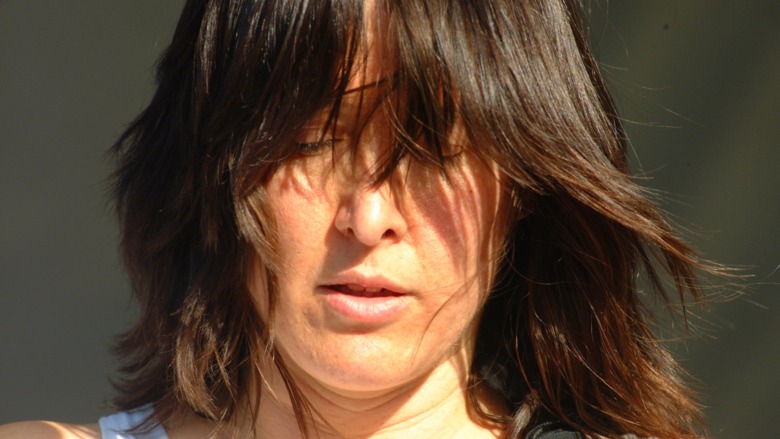
The Comment That Destroyed Michelle Shocked's Career
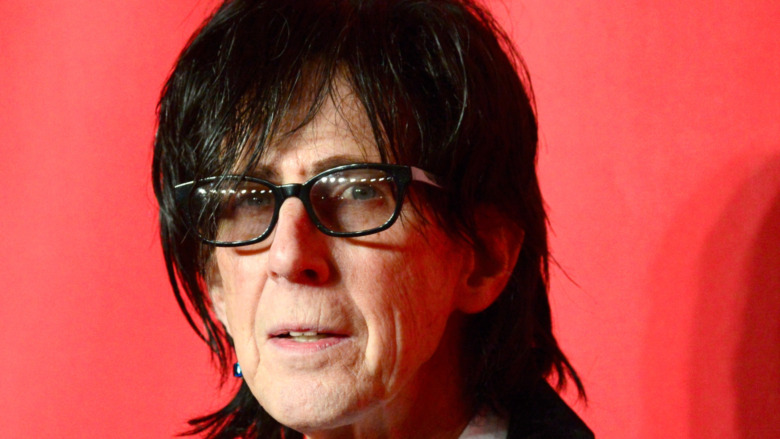
How The Cars Got Their Name
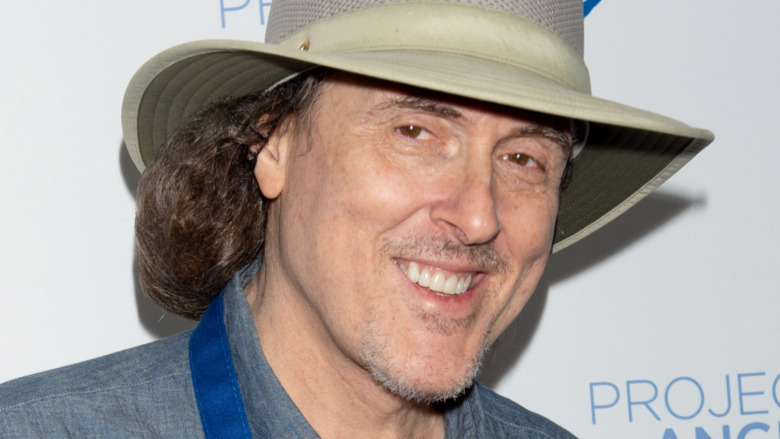
'Weird Al' Yankovic Hasn't Released An Album Since 2014. Here's Why
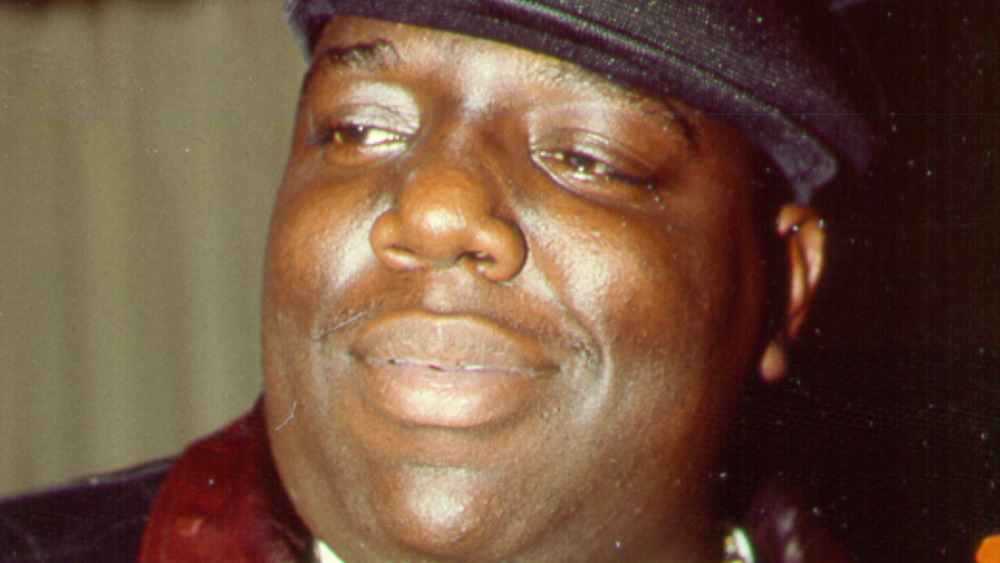
The Truth About Biggie Smalls' Most Infamous Interview
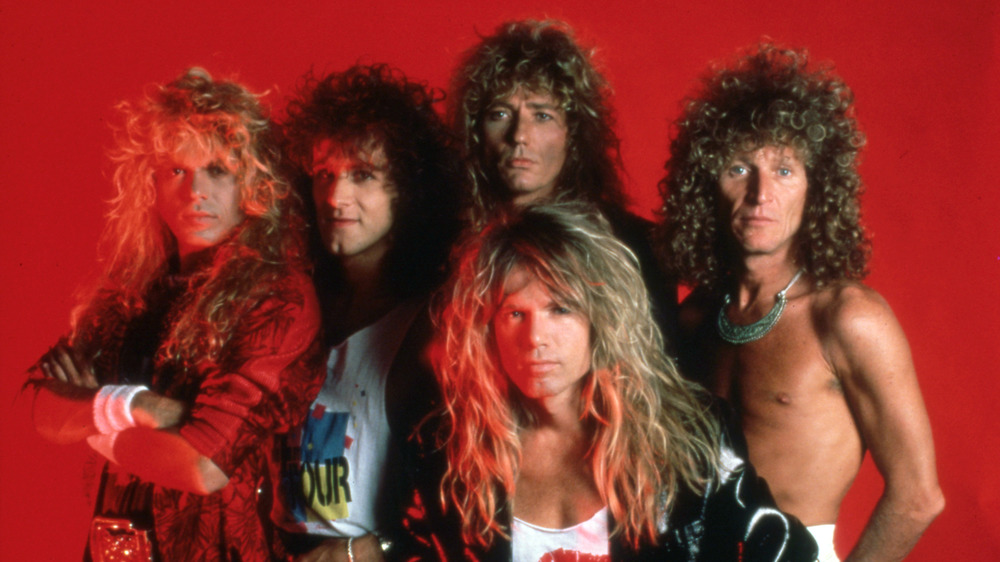
Why Whitesnake's Biggest Album Almost Didn't Happen
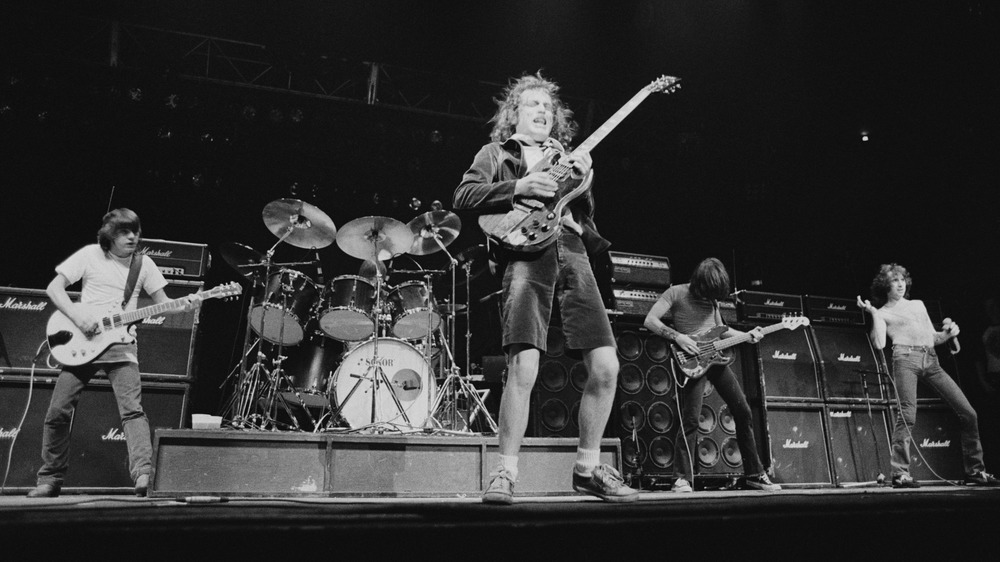
The Story Behind AC/DC And Deep Purple's Backstage Brawl
